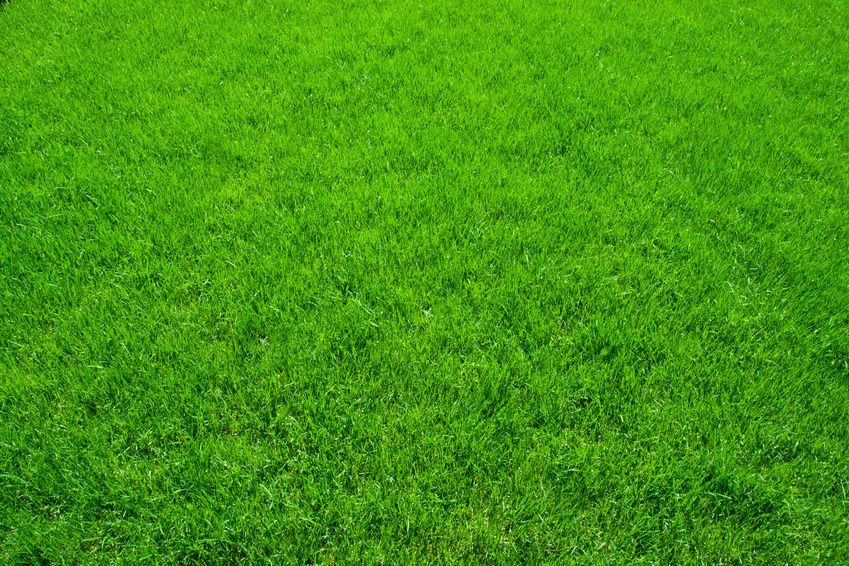Lawn and gardenIt sounds obvious that your lawn and garden space should be environmentally friendly. After all, isn’t that green space part of the environment? While in one sense, all plants are good for the environment (since they renew our air supply), people make a lot of less-than-eco-friendly choices in their backyards. Here are some tips for creating a lawn and garden area that’s both a good environment and good for the environment:
Mow Less Frequently
That’s right, firing up your lawn mower only once or twice a month, instead of every weekend, can be good for the environment. It’s just a bonus that you’ll be able to spend more of your weekend relaxing and spend less on fuel. Grass can still look neat when trimmed to a height of 3 to 4 inches, and you can even buy grass blends that grow more slowly than your average sod. These varieties also have deeper roots, which prevents soil erosion and means your grass will need less watering.
Just be sure you don’t let your grass grow so long that it develops fungus and weeds. These might force you to use pesticides that aren’t good for the water supply.
Less frequent mowing means less gas use and less wear-and-tear on your mower, which means less-frequent replacement of your mower.
Fire Up Thoughtfully
It’s hard to say whether propane grills or charcoal grills have less of a carbon footprint; most experts say that when all factors are taken into account (pollution, fuel transportation, etc.), gas grills are the greener choice. However, the bottom line is that fire safety should be your primary environmental concern when grilling (or, if you have a fire pit or fireplace installed, lighting up a cozy outdoor blaze).
Make sure grills and fireplaces are located somewhere where there are no overhanging branches, nearby bushes, or dry grass and groundcover patches. You should regularly check the tank or hose on a gas grill to ensure there’s no leakage, and used charcoal briquettes should be completely cooled and properly disposed of to prevent fires.
Choose Furniture Wisely
When you’re choosing outdoor furniture, look for options made from recycled or recyclable materials. Wicker is a surprisingly sustainable choice; wicker furniture is made from flexible woven strips of rattan, willow, bamboo or reeds, many of which grow extremely quickly when compared to hardwoods. Wicker can also be made of synthetic polyethylene fibers, so you’ll want to do a little more research if you see a material listed as “resin wicker” or something similar.

